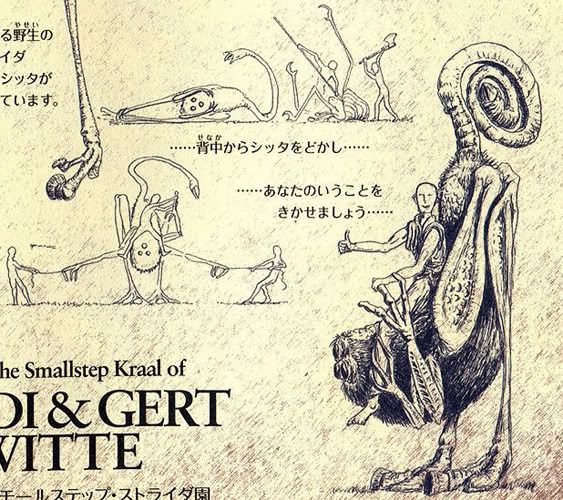


Their beak structure is described as being like "a very fine mesh of bone plates" and is used to filter the water for plankton. Like their ancestors and all known bird species, they are warm-blooded. They inhabit the southern oceans and feed on plankton. Caption: the 1981 (Grenada) and 2018 (Breakdown Press) editions of After Man. There can’t be many visitors here who are unaware of Dougal Dixon and his 1981 book After Man (Dixon 1981), the work which effectively started the entire Speculative Zoology (or SpecZoo) movement. Despite what their scientific name suggests, Vortexes are not truly viviparous, but rather ovoviviparous: the egg is retained within the mother's body until it's time to hatch. Dougal Dixon’s After Man, the Initial Pitch Document. I was interested in patterns, and pushing the patterns to an extreme. After Man is a speculative zoology project that realistically showed how animal would evolve to meet their niches. The Vortexes, along with their smaller relatives called Porpins, are modified descendants of modern penguins and belong to the new lineage of birds known as Pelagornids. Dougal: Remember that the whole of The New Dinosaurs was very much a cognitive exercise in the same vein as After Man. Dougal Dixon Man After Man: An Anthropology of the Future Hardcover Januby Dougal Dixon (Author), Philip Hood (Illustrator) 54 ratings See all formats and editions Hardcover 211.00 11 Used from 210.00 1 New from 809.55 1 Collectible from 320.10 Paperback 349.99 4 Used from 349. The Vortex ( Balenornis vivipera) is a 12-meters long oceanic penguin species and the largest animal to inhabit the Earth of 50 million years in the future.


 0 kommentar(er)
0 kommentar(er)
